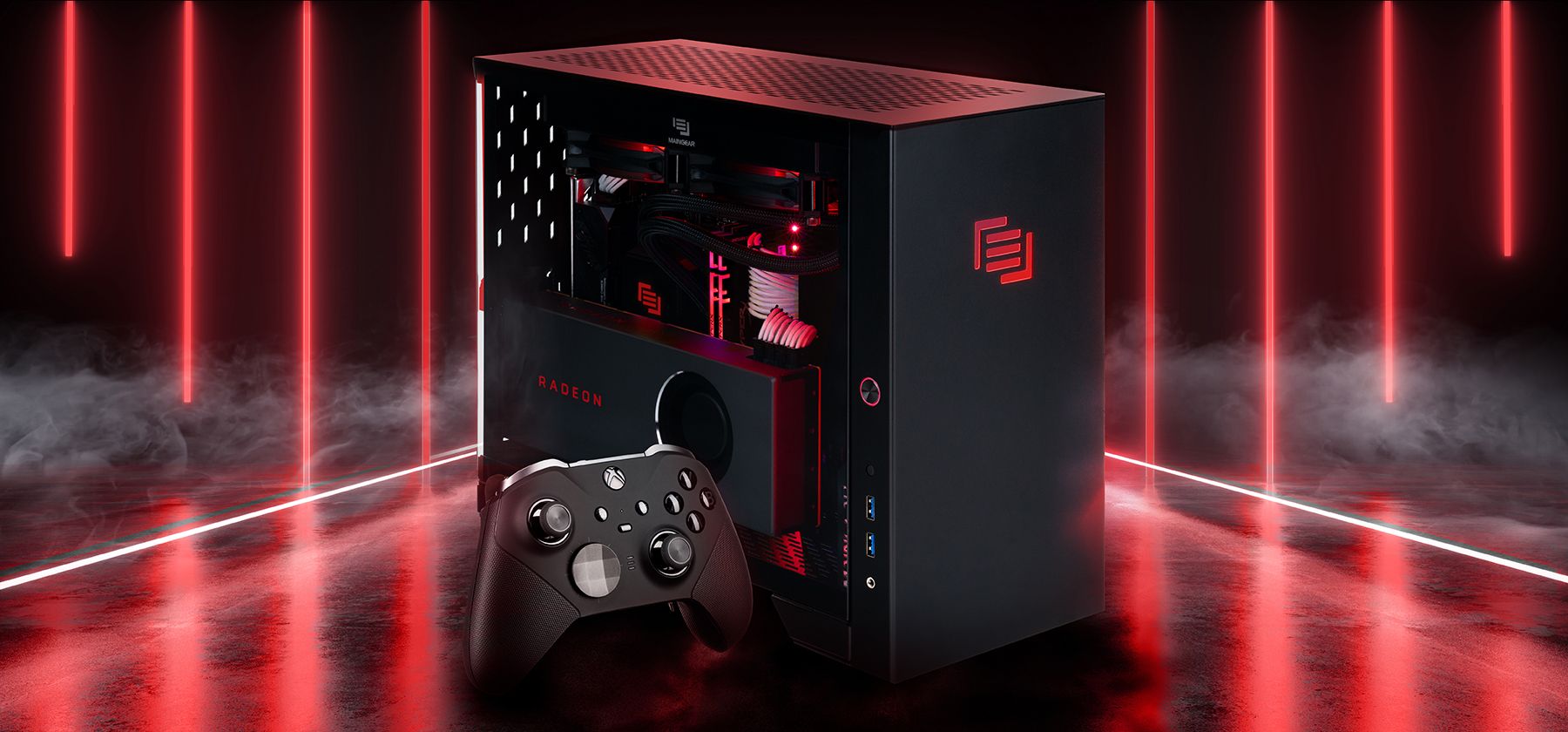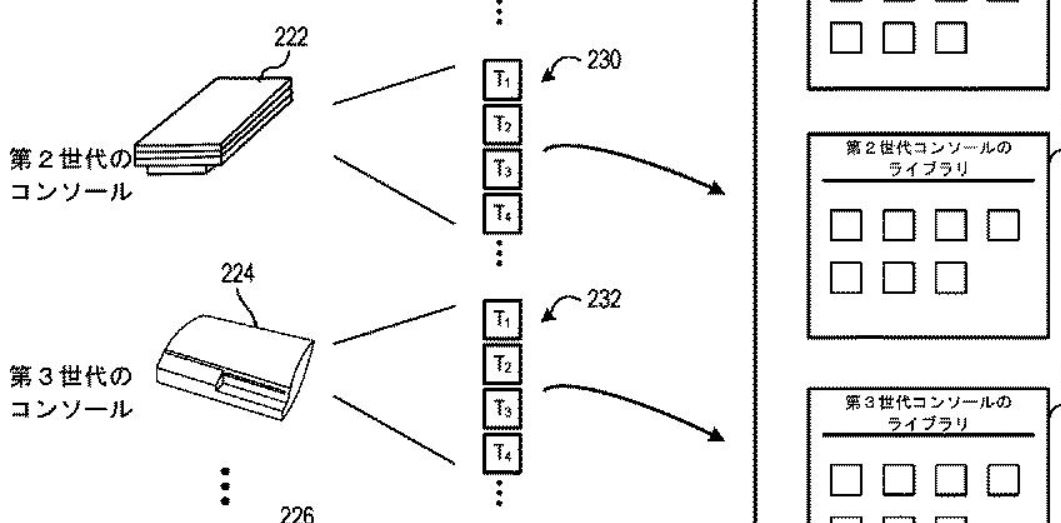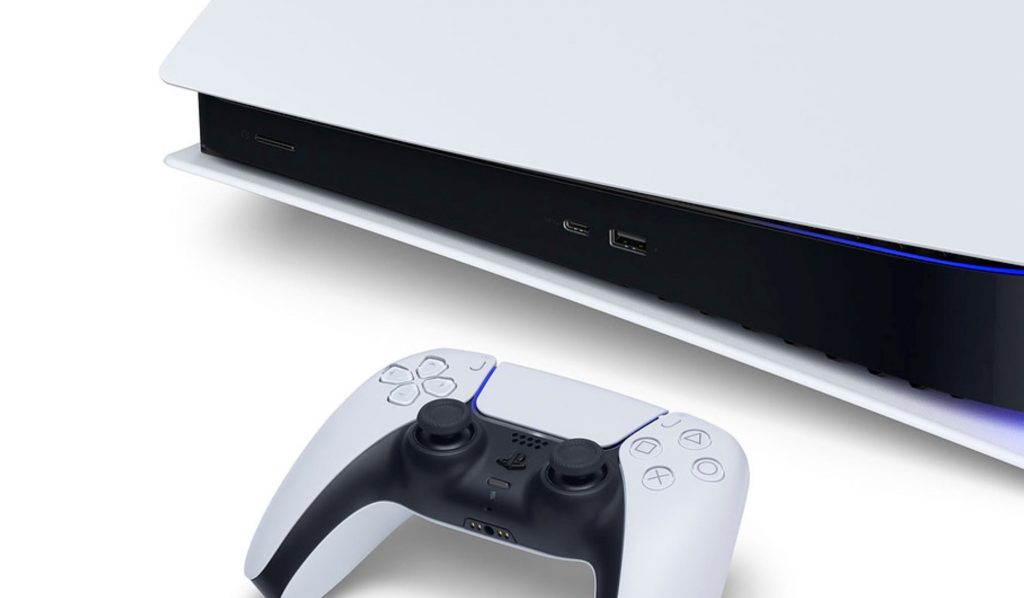So basically, under a fixed clock system the PS5 may have been fixed at maybe 2ghz for GPU and probably a lower CPU clock too and games optimised for that, effectively leaving performance on the table most the time.
With the new variable system games are optimised at locked profiles probably approaching or maybe even at the max limits, let's go with it and say 2.23ghz and 3.5ghz.
Now under a fixed clock system this would be well beyond the systems cooling capability on worst case scenario code areas and therefore can't happen, as without being able to lower clocks even temporarily on the fly, the demand at those moments may be too much and so clocks are set lower to account for this.
But on the PS5 the reason it can happen is because game code is not near to fully utilising the GPU/CPU at all times, so games optimised at these much higher clock speeds are able to run at these higher levels and perform much better than a fixed clock version because they have the ability to lower, if needed, at the time of those worst case scenarios.
Now to smartshift and am just trying to clarify here…. if the GPU is being highly utilised and running at max frequency and the CPU wasn't at that moment (or visa versa), you could transfer more of the available power budget to enable the GPU to run at max, even if it already was, because the workload has increased and is now using more power to stay at max. Where without smartshift I presume it wouldn't be able to increase that performance at that higher workload and may have had to downclock for the duration of that higher workload without that additional power boost to maintain it? Because prolonged spikes of high utilisation are apparently so rare this is why both should be able to run at max most the time as power can be shifted to each? So in cases where one has spare power, which with game code not being at max utilisation seems like it could be a lot, there's scope to push these components at max frequency and higher workloads than possible before?
If both GPU and CPU are running at max frequency, this is possible but depends on workload, if the workload increased on both to push the power budget to or beyond the maximum, the component under least load would downclock or maybe even both would downclock. Downclocks could be for a few ms in a frame upwards and very minor (a 10% drop in power results in a few % drop in frequency but theres no reason to jump to 10% power dropped, it could be much less and depend on whats needed to be dropped to meet the power and cooling limit). But this is likely very rare as the loads on both the GPU and CPU are rarely anything approaching max especially at the same time?
So to me the variable clocks and smartshift seem like a very clever solution and together should ensure very high levels of performance not able to be attained from the same part under a fixed clock system….
Maybe someone can correct, add anything, fill in any gaps to this as it's just me trying to fully understand all aspects of this.
The GPU cant go over 2.23ghz. So if the GPU is already running full tilt, and the CPU is only at say 90% utilization, no the GPU isn't going to get any additional power from smartshift.
This whole thing stems from Sony going with a smaller GPU and having to clock it higher to get the performance they needed.
The power draw on the GPU would be very high, more likely higher than the XSX GPU.
Because of this thermal load it is not feasible from a cooling point of view, to cool it with everything running at full clocks for high periods of time.
So the clocks will be backed off if the game is such that it is demanding for periods of time.
Its not all about the speed of the GPU either.
The XSX GPU would be running at 1825mhz when you have stopped in game and are looking at the sky, and also 1825mhz when you are in a 100 man battle royal with shit flying everywhere. The power draw will be less when you are looking at the sky compared to when you are in the heat of the battle.
So with the PS 5 if you are playing a game like TLOU2, where its quite slow moving, the PS5 will no doubt be able to run full clocks. If however you are playing COD where there is intense fighting and effects on screen, then you are more likely to need to reduce clock speeds. Easy way to think about it is when you are playing your Pro and the games and areas that start the jet engines up, they are the times when the variable clocks might come in to play. What Smartshift will do, is if in these intense areas the GPU is at full tilt, but the CPU is only at 90% utilization, then Smartshift will allow the GPU to stay at full frequency. If the CPU is at full utilization, then the GPU will get it's clocked reduced. No one really knows how much it can go down to.
It also needs to be pointed out that if there is only a brief section of intense gameplay, it might not need to reduce clocks.
As no game is going to running at 100% intense utilization of the APU at all times, then as Cerny said, they will spend most of their time at full frequency.







